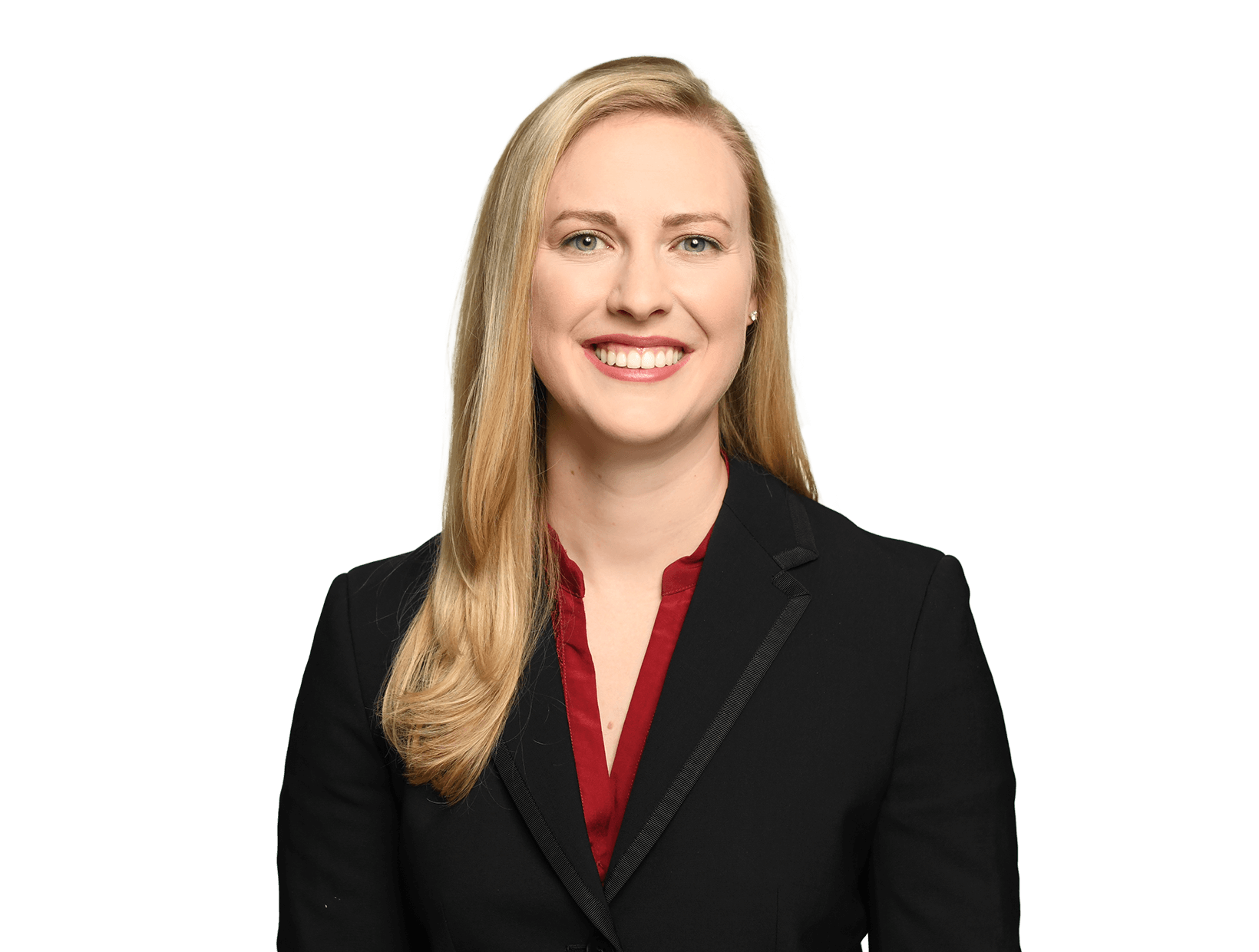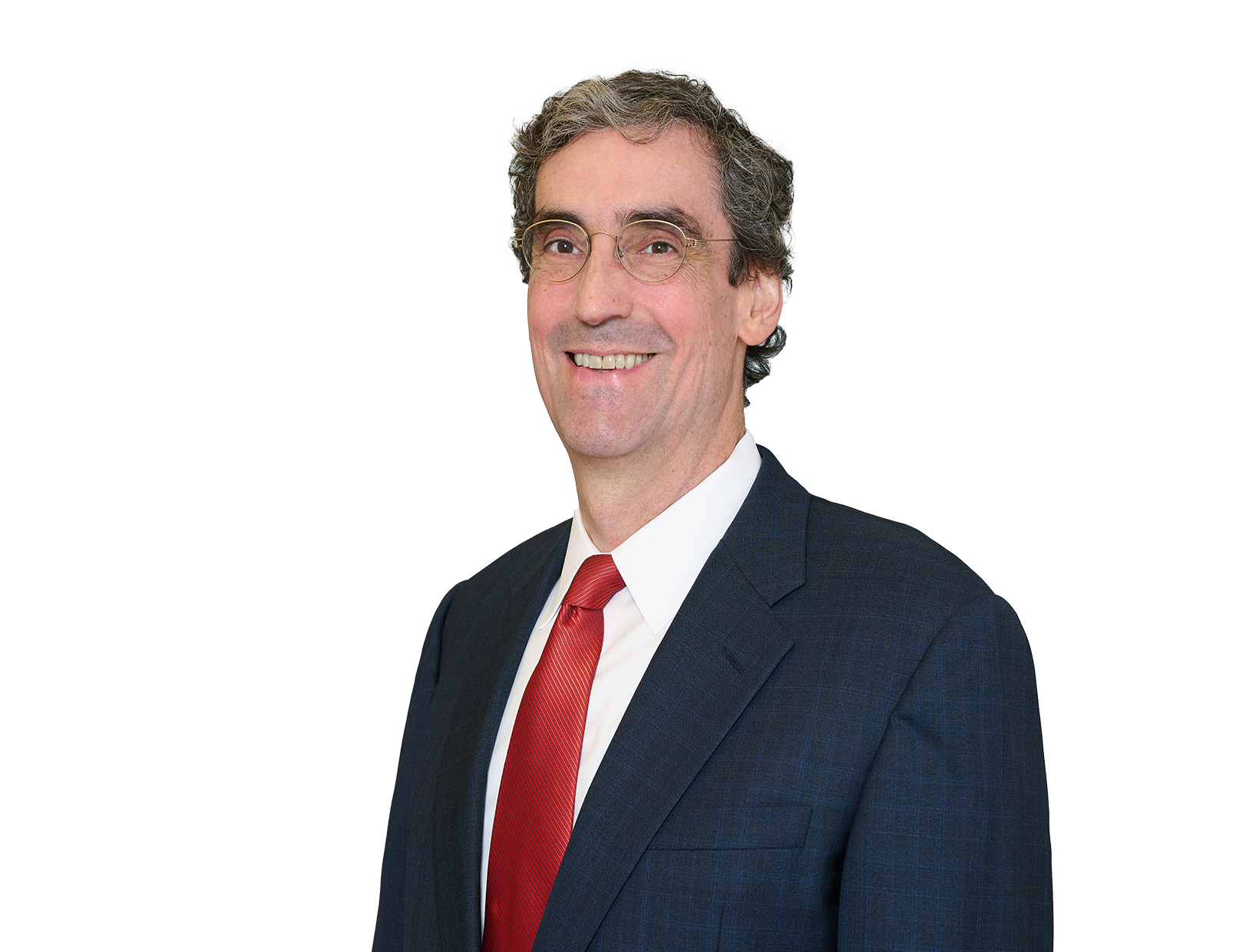IP Law Essentials
Introduction to Patent Claims
Authors
-
- Name
- Person title
- Principal

-
- Name
- Person title
- Senior Principal

A patent claim is the single most important part of a patent, as it defines the scope of what is covered. In this post, we explain the basics components of a patent claim to help you understand how to write and interpret a patent claim.
Q. What is a patent claim?
A patent claim defines the invention and sets the limits of what the patent covers.[1] Thus, the main purpose of a patent claim is to state the subject matter protected by the patent and, sometimes equally importantly, the subject matter not protected by the patent. For this reason, a patent is often said to serve a notice function to the public of the scope of the patented invention.[2] Each patent claim must be written as a single sentence. While there is no statutory requirement for claims to take any particular form, claims commonly are made up of many of the same components.[3]
Q. What components make up a patent claim?
A claim has three sections the preamble, the transition, and the body.[4]
Preamble. The preamble is the introductory phrase in a claim.[5] It often provides context for what is claimed and sometimes states the invention's potential use.[6] Generally, the preamble does not limit the scope of the claim unless it recites essential structure or steps, or it is necessary to give life, meaning, and vitality to the claim.[7] Whether a preamble is limiting is an issue that is considered by the U.S. Patent and Trademark Office (USPTO) during prosecution and by the courts during litigation. The USPTO and the courts determine whether a preamble is limiting on a case-by-case basis in light of the overall form of the claim, the specification, and the prosecution history of the patent.[8]
Transition. The transition is a transitional phrase that delineates whether the claim is "open," "closed," or "partially open."[9] For example, the word "comprising" is an open transition phrase, meaning the invention includes the elements identified in the claim but is not limited only to those elements i.e., something that infringes may have more elements than what the claim recites.[10] For this reason, "comprising" is the most commonly used transition. In contrast, the phrase "consisting of" is a closed transition, meaning that no other elements are included in the claimed invention beyond those recited in the claim.[11] Put another way, "consisting of" is often considered to mean "including only."[12] Lastly, the phrase "consisting essentially of" is a partially open transition, meaning the scope of the claim is not necessarily strictly limited to the specified materials or steps but may include other elements that do not materially affect the basis and novel characteristics of the claimed invention.[13] Thus, "consisting essentially of" is typically broader than "consisting of" but narrower than "comprising."[14]
Body. The body of the claim follows the transition and recites the features that define the subject matter covered by the claim, i.e., the invention.[15] The body focuses on the inventive aspect of the claimed invention elements that make the claimed invention novel, non-obvious, and useful.[16]
Q. What are the types of patent claims?
A claim is either an independent claim, meaning that it stands on its own, or it is a dependent claim, meaning that it depends on something that is recited in another claim.[17]
Independent Claims. An independent claim does not refer to another claim.[18] An example of an independent claim is:
- Claim 1: A chair, comprising a seat and a plurality of legs attached to the seat.
Dependent Claims. A dependent claim refers to another claim, and necessarily incorporates the limitations of the claim from which it depends. A dependent claim must add further limitations to the claim from which it depends.[19] An example of a dependent claim is:
- Claim 2: The chair of claim 1, wherein the plurality of legs comprises four legs.
Here, claim 2 refers back to claim 1 and therefore includes all the features of claim 1. In addition, while claim 1 simply requires "a plurality of legs" without specifically limiting how many legs, claim 2 specifically requires four legs. Hence, claim 2 covers less subject matter (i.e., is narrower) than claim 1, and claim 1 covers more subject matter (i.e., is broader) than claim 2.
Multiple Dependent Claims. A multiple dependent claim is a specific type of dependent claim that depends from more than one previous claim and further limits each previous claim from which it depends.[20] A multiple dependent claim must refer to the claims from which it depends in the alternative[21], and it may not depend from another multiple dependent claim.[22] An example of a multiple dependent claim is:
- Claim 3: The chair of claim 1 or claim 2, further comprising a back attached to the seat.
Q. What are the statutory classes of patent claims?
By statute, patentable subject matter is limited to a process, a machine, a manufacture, or a composition of matter.[23] In practice, this means a claim must be one of these classes of claims.
Process. A process or method claim defines the invention by a series of steps to achieve a result.[24] Alternatively or additionally, a process or method claim can define the claimed invention by a series of steps of using a specific structure, such as an object or an apparatus, even if that structure is already known in the prior art.[25] The following is an example of a process claim:
- Claim 4: A process for constructing a chair comprising attaching at least two legs to a seat.
Apparatus. An apparatus claim defines the invention by its physical or structural components and their relationships.[26] That said, an apparatus claim can also include language that describes the function of one or more of the components (see discussion of functional claim language below).[27] The following are examples of apparatus claims, with claim 5 being purely structural and claim 6 reciting functional language:
- Claim 5: A chair comprising a seat, four legs, and a back.
- Claim 6: The chair of claim 5, wherein the chair is configured so the seat is movable relative to the seat.
Article of Manufacture. An article of manufacture claim defines the invention as an object.[28] The following is an example of an article by manufacture claim:
- Claim 7: A face mask comprising a nonwoven textile.
Composition. A composition claim is directed to a composition of matter.[29] For example, a newly synthesized chemical compound or molecule may be claimed as a composition of matter. The following are examples of composition claims:
- Claim 8: A composition, comprising a solvent, and a metal salt dissolved in the solvent.
- Claim 9: A block co-polymer comprising a first polymer block chemically bonded to a second polymer block.
Different types of claims may cover different infringers. As an example, consider a patent that includes both an apparatus claim and a method claim. In a given set of circumstances, the apparatus claim may cover an entity that makes a device covered by the apparatus claim, while the method claim does not cover the entity because they make the apparatus by a method that is different from the claimed method. Alternatively, for the same patent, an entity may infringe the method claim without infringing the apparatus claim.
More questions? Contact the authors or visitFish's Intellectual Property Law Essentials.
[1] 35 U.S.C. 112(b).
[2] See, e.g., Duncan Parking Techs., Inc. v. IPS Grp., Inc., 914 F.3d 1347, 1362 (Fed. Cir. 2019).
[3] See Fressola v. Manbeck, 36 U.S.P.Q. 1211 (D.D.C. 1995).
[4] See id.
[5] See Bell Commc'ns Research, Inc. v. Vitalink Commc'ns Corp., 55 F.3d 615 (Fed. Cir. 1995).
[6] See In re Cruciferous Sprout Litigation, 301 F.3d 1343 (Fed. Cir. 2002).
[7] Pitney Bowes, Inc. v. Hewlett-Packard Co., 182 F.3d 1298, 1305 (Fed. Cir. 1999).
[8] Catalina Mktg. Int'l v. Coolsavings.com, Inc., 289 F.3d 801, 808 (Fed. Cir. 2002).
[9] See Invitogen Corp. v. Biocrest Manufacturing, L.P., 327 F.3d 1364, 1368 (Fed. Cir. 2003) (describing open-ended transitional phrases); Ex parte Davis, 80 U.S.P.Q. 448, 450 (Bd. App. 1948) (describing closed transitional phrases); PPG Indus. V. Guardian Indus., 156 F.3d 1351, 1354 (Fed. Cir. 1998) (describing partially open transitional phrases).
[10] See, e.g., Mars Inc. v. H.J. Heinz Co., 377 F.3d 1369, 1376 (Fed. Cir. 2004).
[11] In re Gray, 53 F.2d 520 (C.C.P.A. 1931).
[12] See, e.g., Mannesmann Demag Corp. v. Engineered Metal Products Co., 793 F.2d 1279 (Fed. Cir. 1986).
[13] In re Hitachi Metals, Ltd., 603 Fed. Appx. 976, 979 (Fed. Cir. 2015); In re Herz, 537 F.2d 549, 551-52 (C.C.P.A. 1976).
[14] See, e.g., Atlas Powder v. E.I. DuPont de Nemours & Co., 750 F.2d 1569 (Fed. Cir. 1984); see also West v. Jewelry Innovations, Inc., No. C-07-1812, 2008 WL 1701903, at *3-4 (N.D. Cal. April 10, 2008).
[15] See 35 U.S.C. 112(b); see generally MPEP 2173.
[16] See 35 U.S.C. 102, 103.
[17] See generally Sunrace Roots Enter. Co. v. SRAM Corp., 336 F.3d 1298, 1302-03 (Fed. Cir. 2003).
[18] See Serverside Grp. Ltd. v. Tactical 8 Techs., LLC, 927 F. Supp. 2d 623, 645-46 (N.D. Iowa 2013).
[19] See Trustees of Columbia University in the City of New York v. Symantec Corp., 811 F.3d 1359, 1370 (Fed. Cir. 2016).
[20] See FWP IP ApS v. Biogen MA, Inc., 749 Fed. Appx. 969, 977-78 (Fed. Cir. 2018).
[21] See id. at 970.
[22] See id.
[23] 35 U.S.C. 101.
[24] See In re Best, 562 F.2d 1252 (C.C.P.A. 1977).
[25] See In re Hack, 245 F.2d 246, 248 (C.C.P.A. 1957).
[26] See generally Renishaw PLC v. Marposs Societa' per Azioni, 158 F.3d 1243 (Fed. Cir. 1998); see also Steven H. Voldman, From Invention to Patent: A Scientist and Engineer's Guide, 183, (Wiley, 2018).
[27] See generally id.
[28] See Digitech Image Techs. v. Elecs. for Imaging, 758 F.3d 1344, 1348-49 (Fed. Cir. 2014).
[29] See Diamond v. Chakrabarty, 447 U.S. 303, 304 (1980).
Authors: Sean Daley, Laura C. Whitworth
The opinions expressed are those of the authors on the date noted above and do not necessarily reflect the views of Fish & Richardson P.C., any other of its lawyers, its clients, or any of its or their respective affiliates. This post is for general information purposes only and is not intended to be and should not be taken as legal advice. No attorney-client relationship is formed.